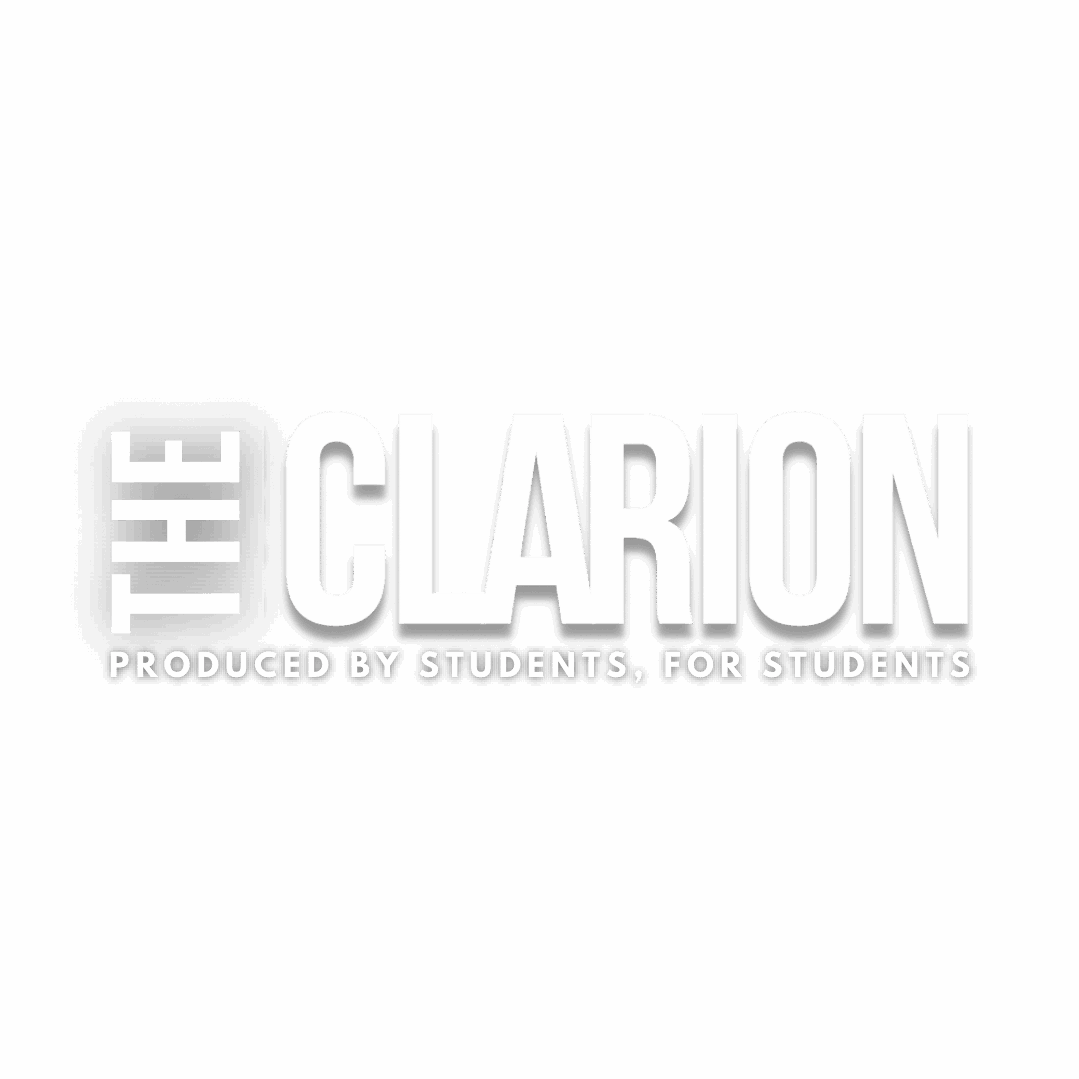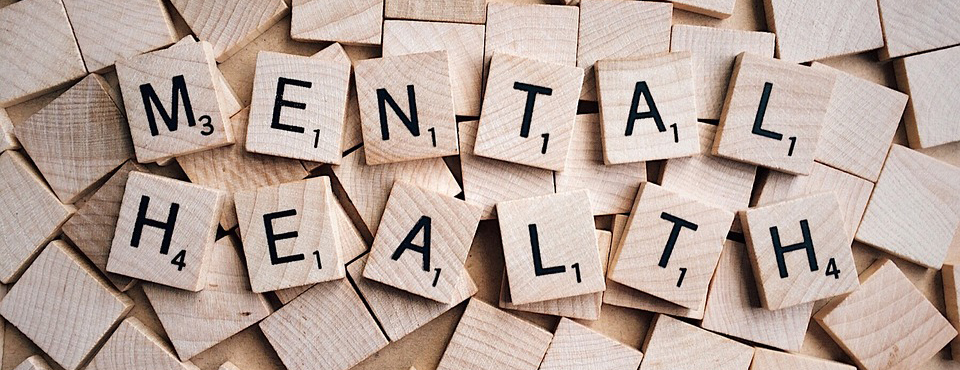A 2009 Pew Research Center poll, based on people who search the internet for information on mental health, found that those affected by mental health disorders may make up a quarter of the U.S. population. That number has risen seven percent from 21 percent in 2002 to 28 percent in 2009.
Though that may not seem like a lot, in a country of roughly 330 million, the amount that may be affected by mental illness is still greater than the entire population of Germany, the second most populated European country besides Russia.
Another recent poll conducted by NAMI (National Alliance on Mental Illness) cites that “1 in 5 adults in America experience mental illness.” They also found that “1 in 25 (10 million) adults in America live with a serious mental illness.”
Additionally, according to a study done by the American Journal of Preventive Medicine.
“A quarter (27 percent) of metropolitan counties lacked a psychiatrist, a fifth (19 percent) of metropolitan counties lacked a psychologist, [and] two fifths (42 percent) of metropolitan counties lacked a psychiatric NP [nurse practitioner].”
This statistic raises in non-metropolitan areas as 65 percent of non-metropolitan areas lacked a psychiatrist, almost half (47 percent) of non-metropolitan counties lacked a psychologist, and 81 percent of non-metropolitan counties lacked a psychiatric NP.
This leaves many Americans without access to the healthcare that they need in regards to mental health.
According to a 2018 Washington Post article, since 1966 there have 158 mass shootings in the United States, a number that was only at 25 for 50 years before the 1966 University of Texas tower shootings.
Though there is much debate as to the reasons for these shootings, an almost never argued contributing factor is mental illness.

It is undeniable that the effects of mental health can be damaging, not just to those affected but to those around them as well. According to NAMI 21 percent of the incarcerated population have some form of mental illness and 71 percent of the juvenile population do.
Though the effects of mental health go beyond criminality, too. NAMI suggests that mental illness costs the U.S. $193.2 billion in lost earnings per year, and that, “Suicide is the 10th leading cause of death in the U.S., the 3rd leading cause of death for people aged 10–14 and the 2nd leading cause of death for people aged 15–24.”
On Oct. 22, 1928, in a Madison Square Garden that was actually square, Herbert Hoover delivered a speech entitled “Principles and Ideals of the United States Government.” In it, he outlined a philosophy that would find its way into the American ethos, one that embraced self reliance and coined the term “rugged individualism.”
Though Hoover wasn’t the first to create the American people as an island unto themselves. The American people have long been self reliant, autonomous, and rugged individualists, themselves growing up as frontiersmen and women in a foreign land that birthed their nation through struggle.
But now, given our modern age, are we in need of backing away from our rugged individualist forebears, and adopting an ethos that allows us to ask that simplest of questions, one for help.
Richard Foltz
Reporter

